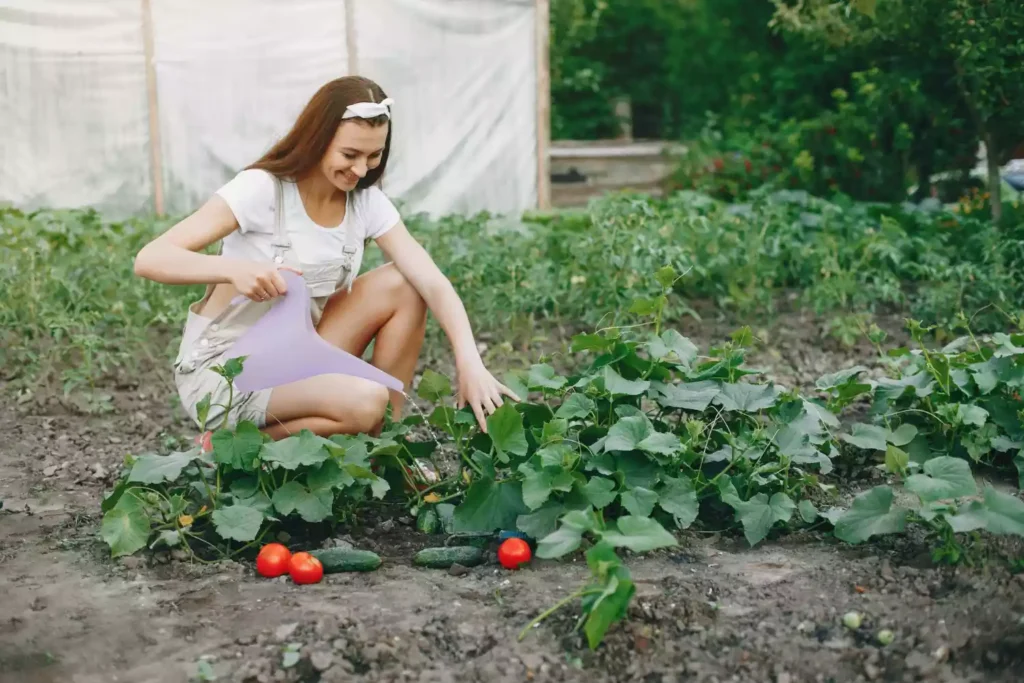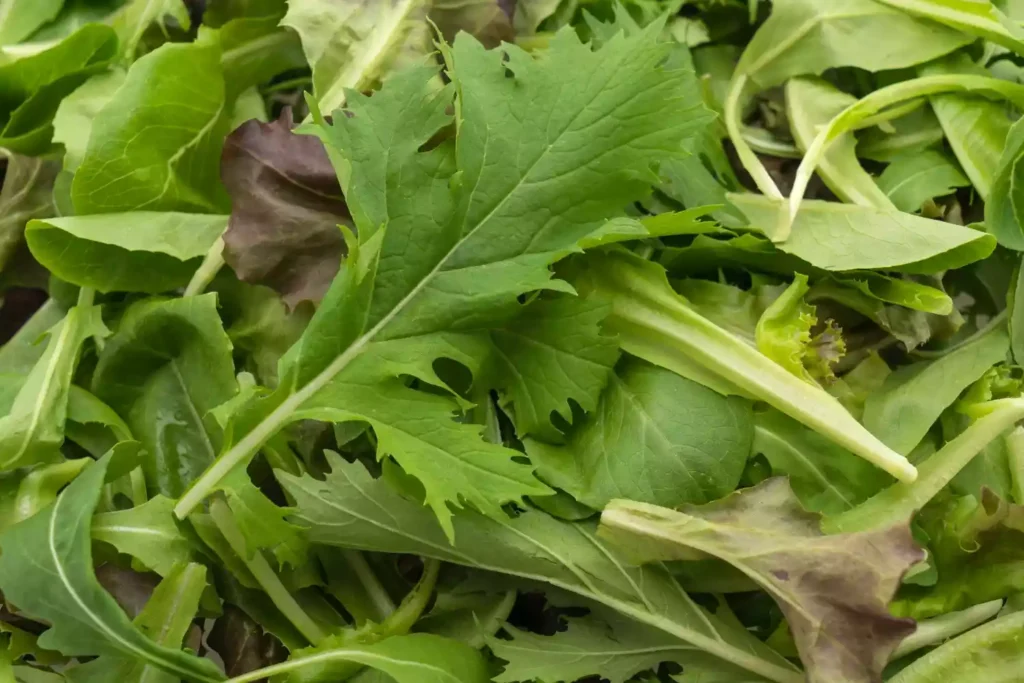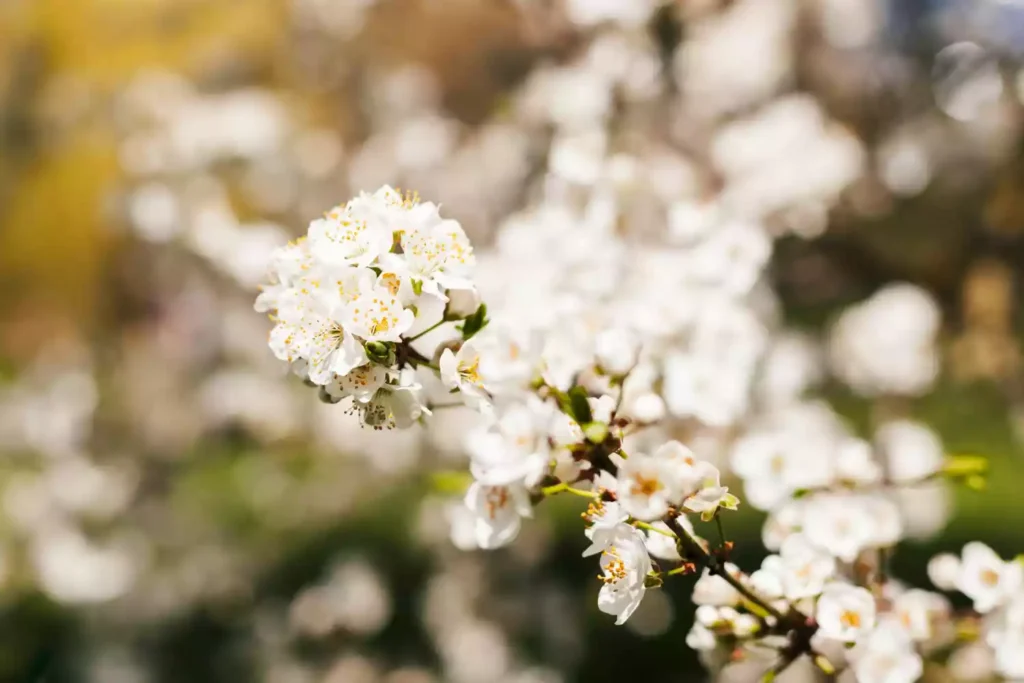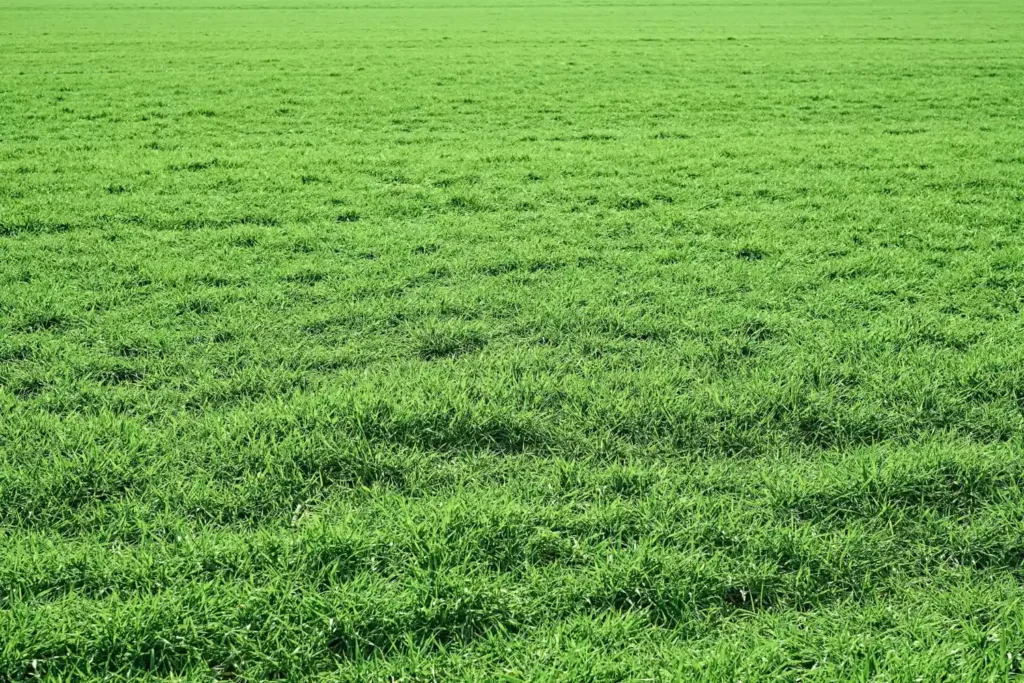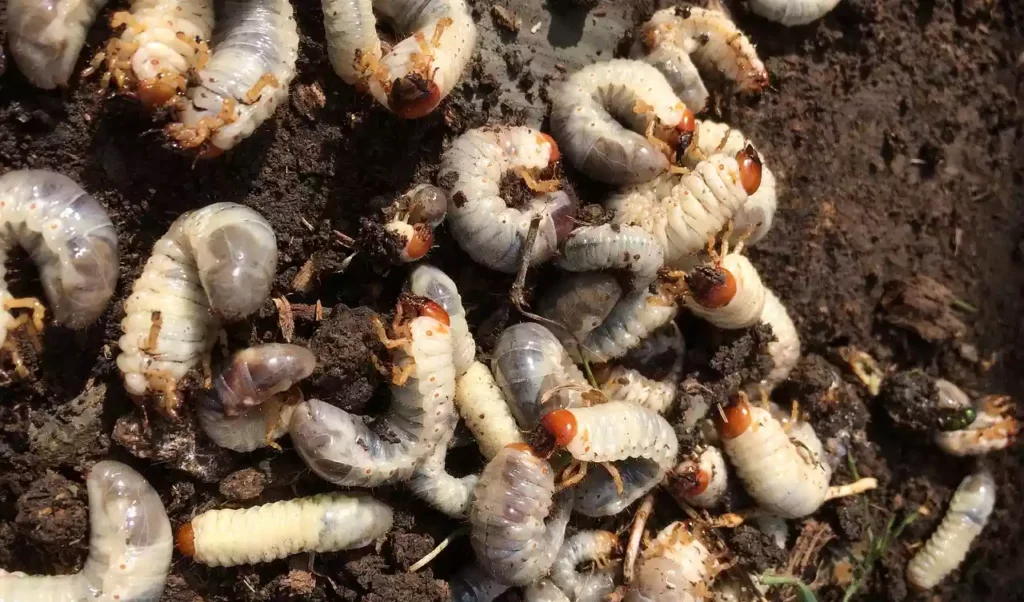Have you ever looked at your compost bin and wondered if there was a way to make it work even better? I know I have. As someone who wants to reduce waste and improve soil health, I’m always looking for ways to make my composting efforts more efficient.
That’s why I started adding worms to my compost, and let me tell you, it has made a world of difference. The idea of adding worms to my compost initially seemed a little strange, but once I learned about the benefits, I was sold.
Not only do worms break down organic matter faster, but they also improve the physical and chemical decomposition of waste products. In this article, I’ll share what I’ve learned about vermicomposting, including the benefits of adding worms to your compost, common mistakes to avoid, and tips for attracting worms to your bin.
Whether you’re a seasoned composter or just starting out, adding worms to your compost is an easy way to improve soil health and reduce waste.
Can I just add worms to my compost bin?
It’s not necessary to introduce earthworms to your compost bin, but they will naturally make their way into your pile if conditions are favorable. Earthworms are natural decomposers and love to feed on organic matter.
If your compost bin has plenty of organic matter, air, and water, it will attract earthworms. Native earthworms can easily find their way into open bottomed compost bins, so there’s no need to add worms if you already have a healthy compost pile.
However, if you want to speed up the decomposition process, you can add red wigglers to your outdoor compost bin. Red wigglers are well-suited for eating organic matter and can consume half their body weight in food every day. They can thrive inside the compost pile as long as they have food and the conditions are favorable.
You can also put red wigglers in a closed compost bin such as a composting tumbler or a specially designed wormery. Just make sure not to put earthworms in a closed compost tumbler as the conditions inside may not be ideal for their survival.
Do worms break down compost faster?
If you’re looking to speed up the decomposition process in your compost, you may be wondering if adding worms can help. The short answer is yes, worms can break down compost faster. Here are a few reasons why:
- Worms consume large amounts of decomposing matter and excrete worm castings, which are richer in nitrogen, organic matter, and bacteria than regular compost. This means that adding worms to your compost can create a nutrient-rich soil amendment that will benefit your plants.
- Red wigglers are especially efficient at breaking down organic matter. They can consume up to half their body weight in food every day and can speed up the decomposition process by several weeks.
- Worms improve compost structure and circulation by creating tunnels and channels that allow air and water to flow more freely. This helps to prevent the compost from becoming too compacted and allows beneficial microorganisms to thrive.
- Adding worms to your compost can also help to regulate moisture levels. Worms prefer cool and moist soil, so they will naturally gravitate towards areas of the compost that are too dry or too wet. This can help to prevent the compost from becoming too dry and reduce the risk of anaerobic conditions.
Overall, adding worms to your compost can be a great way to speed up the decomposition process and create a nutrient-rich soil amendment. However, it’s important to remember that worms are just one part of the composting equation. Effective composting requires a balance of waste, air, and water, so it’s important to monitor your compost regularly and make adjustments as needed.
How long does it take for worms to eat compost?
You’re probably wondering how long it’ll take for those hardworking worms to devour your compost and create a nutrient-rich soil amendment that will make your plants thrive. Well, the answer depends on a variety of factors such as the number of worms, the size of your compost pile, the temperature, and the moisture level.
Generally speaking, it can take anywhere from a few months to a year for worms to eat through a pile of compost. However, this timeline can be expedited if you have a large number of red wigglers, which are known for their voracious appetite and speedy digestion.
In addition, keeping your compost pile moist and aerated will help to create optimal conditions for the worms to thrive and do their job efficiently. So, if you’re looking to speed up the composting process and create nutrient-rich soil for your plants, adding worms to your compost is definitely worth considering.
Overall, adding worms to your compost can be a great way to speed up the decomposition process and create nutrient-rich soil. While the timeline for the worms to eat through your compost may vary, you can ensure optimal conditions for their growth and digestion by keeping the pile moist and aerated.
So, go ahead and add those hardworking worms to your compost – your plants will thank you!
Do compost worms slow down in winter?
As winter’s chill sets in, I’ve noticed that the compost worms in my bin seem to be slowing down. This is completely normal and expected.
As the temperature drops, the worms become less active and their metabolism slows down, which means they won’t be eating and breaking down organic matter as quickly as they do during warmer months. However, this doesn’t mean that the composting process stops altogether. It just means that it will take longer for the worms to process the same amount of material.
In fact, some composters argue that winter is actually a good time to add more bedding material to the bin to help insulate the worms and keep them warm. This can include shredded newspaper, cardboard, or leaves.
It’s also important to make sure the bin is kept moist, but not too wet, as excess moisture can lead to anaerobic conditions which can harm the worms. So while the compost worms may slow down in winter, there are still steps we can take to support their work and ensure that our composting efforts continue to thrive.
Why are my worms at the top of the bin?
Have you ever noticed your compost worms gathering at the top of the bin, trying to escape? This natural survival instinct could indicate something harmful in your compost and may need to be removed. However, if rain is on its way, then this is a normal response from the worms.
Before it begins to rain, the air pressure in the atmosphere drops, and the worms can sense this, so they climb to the top to avoid drowning. This is a natural behavior for these composting champions, and it’s a sign that they are healthy and thriving.
If you’re concerned about the health of your compost, there are a few things you can do to ensure that your worms are happy and productive. First, make sure you’re not overfeeding them. Compost worms can eat up to half their weight in food every day, but it’s important to ensure that you’re not giving them more than they can handle.
Second, make sure your compost is balanced with the right amount of moisture and air. Finally, avoid adding any harmful chemicals or toxins to your compost, as this can harm your worms and prevent them from doing their job.
By following these tips, you can ensure that your worms are happy and healthy, and that your compost is thriving.
Have you noticed your compost worms trying to escape during a rainstorm? Are you giving your worms too much food? Is your compost balanced with the right amount of moisture and air?
Common Mistakes After Adding Worms To Your Compost
I’ve made some mistakes after adding worms to my compost, and I want to share them with you.
Overfeeding your worms can lead to a build-up of excess moisture and an increase in temperature that can harm the worms.
Throwing wrong foods onto the compost pile can also be a problem, as certain foods can attract pests and rodents or take a long time to break down.
Additionally, it’s important to maintain the right moisture level in your composting bedding, and to remember to harvest worm castings regularly to avoid overcrowding.
Finally, keeping the compost pile at the right temperature is crucial, as too hot or too cold conditions can negatively impact the worms’ ability to break down organic matter efficiently.
Overfeeding your worms
If you’re not careful with feeding, those little wigglers might not be able to keep up with the scraps you’re tossing in, and you could end up with a stinky mess instead of nutrient-rich compost.
It’s important to remember that worms can only consume so much material at once, and overfeeding them can lead to an imbalance in the composting process.
To avoid overfeeding, a good rule of thumb is to feed your worms every 2 to 3 days with a conservative amount of scraps. As a beginner, it’s best to start with a half-pound of organic waste scraps for every pound of worms, so six pounds of worms and three pounds of food.
This ratio ensures that the worms have enough food to sustain themselves while also allowing enough time for the scraps to break down properly.
Remember that successful composting requires a balance of waste, air, and water, and overfeeding can throw this balance off. So, be mindful of how much you feed your worms, and you’ll be rewarded with nutrient-rich compost for your garden.
Throwing Wrong Foods Onto The Compost Pile
I’ve learned that worms play an essential role in composting and soil health. However, I also know that not all kitchen scraps are suitable for the compost pile. It’s important to avoid tossing scraps directly off the table, as items like meat, dairy, and processed foods will take too long to break down and may attract pests.
By being mindful of what we add to our compost pile, we can ensure a healthy and efficient ecosystem for our worms and the environment.
Avoid Kitchen Scraps Directly off the Table
Don’t let those fresh kitchen scraps off the table lure you into tossing them directly into your compost bin. While it may seem like a convenient and eco-friendly solution, it can actually attract pests and create an imbalanced environment for your worms.
Instead, freeze your leftovers for 48 hours before adding them to the bin. This will not only dehydrate and mature the scraps, making them more ideal for the worms, but also help prevent any unwanted visitors.
Additionally, if you notice fruit flies or excess organic matter in the soil, adding grit and calcium to the eggshells can help balance the carbon and nitrogen ratio.
By taking these simple steps, you can ensure a healthy and thriving environment for your composting worms, and ultimately, a successful composting process.
Too Wet or Too Dry Composting Bedding
Make sure your worm bin bedding feels like a wrung-out sponge to keep your worms breathing easy and tunneling freely. Too much water can drown them, and too little can suffocate them.
The easiest way to check worm bin moisture levels is by picking up a handful of bedding and squeezing it. If water comes out, it’s too wet. If it feels too dry, add a little water, but not too much. The goal is to create a moist environment that allows the worms to move around and breathe, without drowning them.
Additionally, it’s important to use appropriate bedding materials in your worm bin. You want to ensure that the bedding materials are organic and biodegradable for your composting process. Popular options include shredded newspaper, sawdust, coconut coir, peat moss, and plain old dirt.
Avoid anything that is chemically treated or dyed, as well as materials like pine or cedar shavings, which are too acidic for the worms. By creating the perfect environment for your worms, you can ensure that they thrive and help you create nutrient-rich compost for your plants and garden.
Don’t Forget to Harvest Worm Castings
Get ready to reap the benefits of your hard work and give your plants the nourishment they deserve by harvesting your worm castings. As a gardener, I always look forward to this moment.
Worm castings are the best organic fertilizer for growing plants. They contain all the nutrients that plants need to thrive. Here are some tips to help you harvest your worm castings:
- Separate the worm castings from the bedding using a screen. This should only take 30 to 60 minutes.
- Leave some bedding behind for the worms to live in.
- Make mounds with the worm castings and let them sit for a day. This will help to dry them out and make them easier to store.
- If you have more worm castings than you need, donate them to a local gardening project or neighbor.
- You can also make concentrated worm compost tea to help out the local wildlife or start a secret project in your favorite park.
By following these steps, you can make the most out of your worm composting bin and give your plants the best possible care.
Harvesting the worm castings is a simple process that can be done as needed or at the start and end of the growing season.
Don’t forget to take advantage of this valuable resource and share it with others. And don’t forget to harvest those worm castings!
Too Hot or Too Cold
Are you struggling to keep your worm bin at the right temperature? It’s important to monitor the air temperature to ensure your worms are comfortable and healthy, especially if you’re composting indoors.
Worms have an ideal temperature range, and if the air temperature falls below 54 degrees Fahrenheit or goes above 84 degrees, your worms can become sluggish or even die.
To keep your worm bin at the right temperature, you can use a thermometer or temperature probe to measure the air temperature inside the compartment and make any necessary adjustments. Adding insulation, such as bubble wrap, around your worm bin can help keep it at a more consistent temperature.
You can also place the bin in a partially shaded spot to help regulate the temperature. If you live in a climate with extreme temperatures, you can mitigate some temperature hazards by using ice, bin blankets, insulation, relocation, and moisture regulation.
By monitoring and adjusting the conditions of your worm bin, you can ensure that your worms are comfortable and healthy, and your composting efforts will be successful.
Earthworms vs Red Wigglers – Is There A Difference?
If you’ve ever wondered whether there’s a difference between earthworms and red wigglers when it comes to composting, the answer is a resounding yes! Here are three key differences between the two types of worms:
- Red wigglers are better suited for composting. They’re smaller in size, reproduce quickly, and can consume up to half their body weight in food every day. This makes them more efficient at breaking down organic matter and producing nutrient-rich compost.
- Earthworms, on the other hand, are better suited for improving soil structure and nutrient availability. They’re larger in size, prefer to live in soil, and consume a wider range of organic matter. Their burrowing activity helps to aerate and mix soil, while their waste contains more bacteria and organic matter than red wigglers.
- Red wigglers are commonly used for vermicomposting, while earthworms are usually found in outdoor soil. Both types of worms can be added to compost, but it’s important to consider their specific roles and needs.
Overall, adding worms to your compost can be beneficial for improving the quality and efficiency of decomposition. Whether you choose red wigglers or earthworms, be sure to provide them with the right conditions and balance of waste, air, and water to ensure their success.
How to attract worms to your compost?
Improve your compost and soil health by attracting more useful macroorganisms like earthworms. To create the cool and moist conditions they prefer, consider using compost as mulch and avoiding fertilizers that can harm them.
Spread mulch around the ground to keep it cool and prevent moisture from evaporating. This will create an environment that is more attractive to earthworms. Additionally, adding a food source for earthworms by digging your own compost into the soil around the bin can help attract them.
To further enhance the conditions for earthworms, stick to organic solutions instead of chemicals. Chemical fertilizers can kill earthworms, so it’s important to avoid them. By amending the soil with organic compost, you’ll naturally attract more worms.
The amended soil will become richer in nutrients and will provide a better environment for earthworms to thrive. By taking steps to attract more worms to your compost, you’re improving the overall health of your soil and creating a more effective composting system.
Conclusion
Well folks, it looks like we’ve come to the end of our journey through the world of composting with worms. I hope you’ve enjoyed the ride as much as I have!
But before we say goodbye, let’s recap some of the key takeaways from our discussion.
First and foremost, yes, you can absolutely add worms to your compost. In fact, doing so can greatly enhance the efficiency and quality of your composting efforts. Red wigglers are a popular choice for vermicomposting, as they’re particularly adept at consuming large amounts of organic matter.
However, it’s important to remember that worms are living creatures and need to be cared for properly in order to thrive.
So, what have we learned? Adding worms to your compost can speed up the process and improve soil health. But be sure to avoid common mistakes like overfeeding or neglecting your worms, and make sure to provide them with a comfortable environment to live in.
And remember, just because your worms are hard at work doesn’t mean you can sit back and relax – composting is a continuous process that requires attention and care.
Happy composting, folks!

